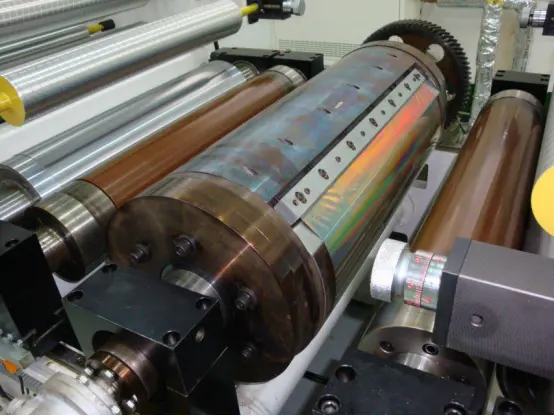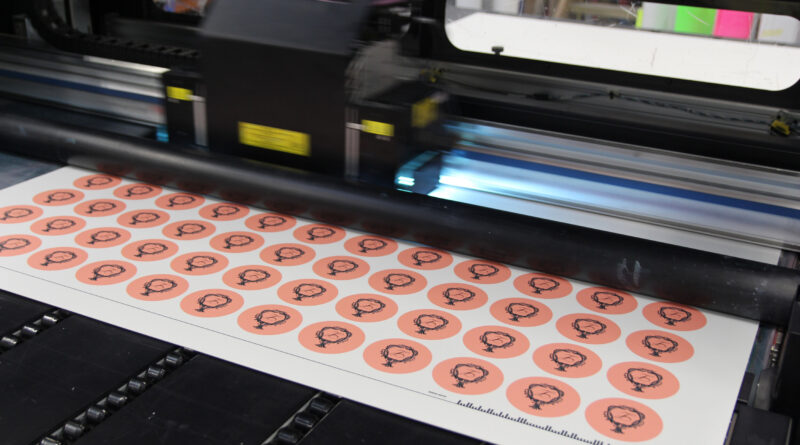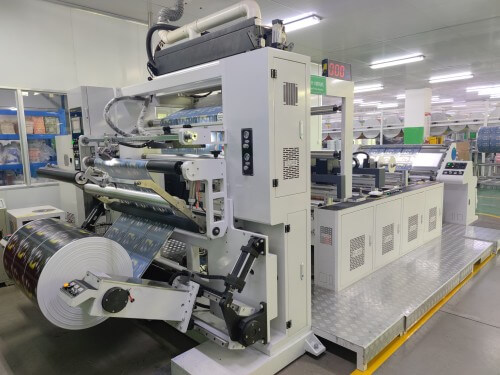In today’s global market, the importance of embossing for anti-counterfeit labels cannot be overstated. As businesses strive to protect their products and maintain brand integrity, they turn to advanced techniques such as embossing to combat counterfeiting. This article explores the world of embossing, shedding light on how it helps in securing products against fraud.

Understanding Embossing
Embossing is a technique that creates a raised or recessed design on a surface, which can be felt by touch and seen with the eye. It is often used in labels to add a layer of security, making it difficult for counterfeiters to replicate. This tactile element not only enhances the label’s appearance but also provides an effective deterrent against tampering.
The Role of Embossing in Anti-Counterfeit Measures
Incorporating embossing in anti-counterfeit labels is a strategic move for many businesses. It provides a unique and easily identifiable feature that can be used to verify the authenticity of a product. This is particularly useful in industries such as pharmaceuticals, electronics, and luxury goods, where the impact of counterfeiting can be significant.
Why Use Embossing for Anti-Counterfeit Labels?
Embossing offers several advantages when it comes to anti-counterfeit measures. Firstly, it is highly customizable, allowing businesses to create unique designs that are difficult to replicate. Secondly, it adds a layer of complexity to labels, making it more challenging for counterfeiters to produce fake versions. Finally, embossed labels are durable and can withstand various environmental conditions, ensuring that the security features remain intact throughout the product’s lifecycle.
Customization and Uniqueness
One of the key benefits of embossing is its ability to be customized to suit specific needs. Businesses can choose from a variety of designs, textures, and finishes to create a label that not only looks good but also serves its purpose as a security feature. This uniqueness is a powerful tool in the fight against counterfeiting.
Challenges of Implementing Embossing
While embossing is an effective anti-counterfeit measure, it does come with its own set of challenges. The initial setup costs can be high, and the process requires specialized equipment and expertise. Additionally, maintaining the quality and consistency of embossed labels can be a complex task, requiring ongoing monitoring and quality control.
Cost and Equipment
The cost of implementing embossing can be a barrier for some businesses. It involves investing in specialized machinery and training personnel to operate it. However, the long-term benefits in terms of brand protection and reduced counterfeiting make it a worthwhile investment for many companies.
Future of Embossing in Anti-Counterfeiting
As technology advances, the future of embossing in anti-counterfeit measures looks promising. New materials and techniques are constantly being developed, offering even more sophisticated and secure solutions. Businesses that stay ahead of these trends will be well-positioned to protect their products and maintain consumer trust.
Innovations in Embossing
Recent innovations in embossing technology have made it possible to create even more intricate and secure designs. These advancements allow for greater complexity and customization, further enhancing the effectiveness of embossing as an anti-counterfeit measure.
Combining Embossing with Other Security Features
To maximize the effectiveness of anti-counterfeit labels, many businesses combine embossing with other security features. These can include holograms, special inks, and RFID tags, creating a multi-layered approach to product security.
Holograms and Special Inks
Holograms and special inks are often used in conjunction with embossing to create a comprehensive security solution. These features are difficult to replicate and can provide an additional layer of protection against counterfeiting. For more insights, visit Special Inks.
Conclusion
In conclusion, embossing for anti-counterfeit labels plays a crucial role in protecting products and brands from the threat of counterfeiting. Its ability to provide a unique, tactile security feature makes it an invaluable tool in the fight against fraud. By understanding the benefits and challenges of embossing, businesses can make informed decisions about how to best protect their products and maintain consumer trust.
Additional Resources
For further reading on anti-counterfeiting measures and the role of embossing, consider exploring resources such as Everything to Know on the topic.

FAQs
What is embossing and how does it work?
Embossing is a technique that creates a raised or recessed design on a surface. It works by pressing the material between two dies, resulting in a textured finish that can be felt and seen.
Why is embossing important in anti-counterfeiting?
Embossing provides a unique and tactile feature that is difficult for counterfeiters to replicate. It adds an extra layer of security to labels, helping to verify the authenticity of a product.
Can embossing be combined with other security features?
Yes, embossing can be combined with other features such as holograms, special inks, and RFID tags to create a comprehensive anti-counterfeit solution. Learn more about RFID Tags.
This article contains affiliate links. We may earn a commission at no extra cost to you.







